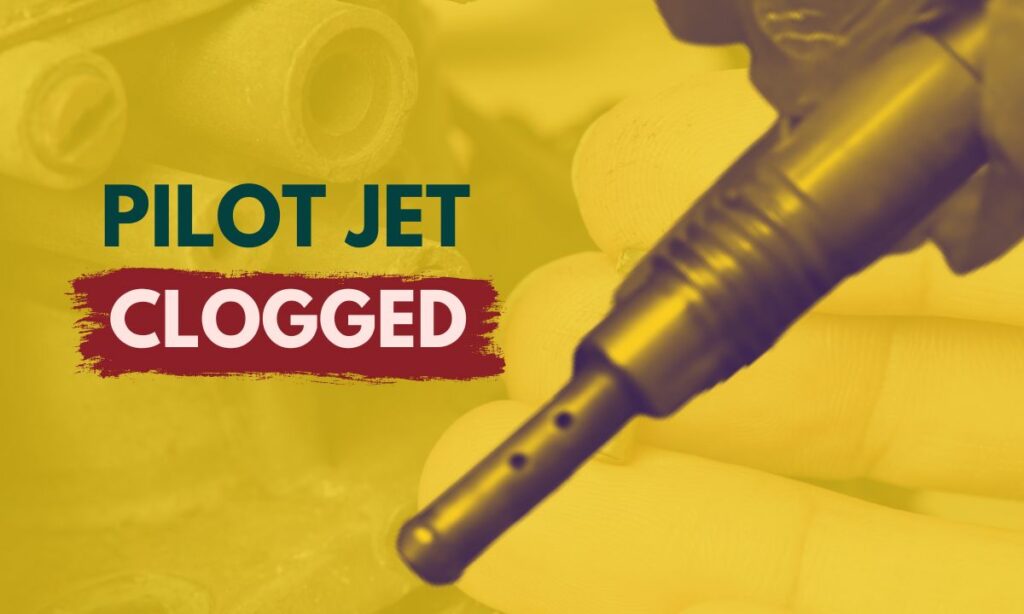A clogged pilot jet is one of the most common problems when it comes to your motorcycle carburetor.
But at the same time, cleaning the pilot jet is hard. I wouldn’t do it just for the sake of it. Unless there are some indications.
So, how do I know if the pilot jet is clogged or damaged?
Here are the symptoms of a clogged pilot jet in the motorcycle:
- Unstable idling
- Engine speed does not increase
- Engine doesn’t start without the choke ON
- Poor performance at high speed
- Engine bogs down as you throttle up
Let’s dive into each of these symptoms and then on to how to address the issue.
Clogged pilot jet symptoms
The symptoms are all engine centric. Anything wrong with the pilot jet is directly reflected in the engine performance. So let’s dive into each of those.
#1. Unstable idling
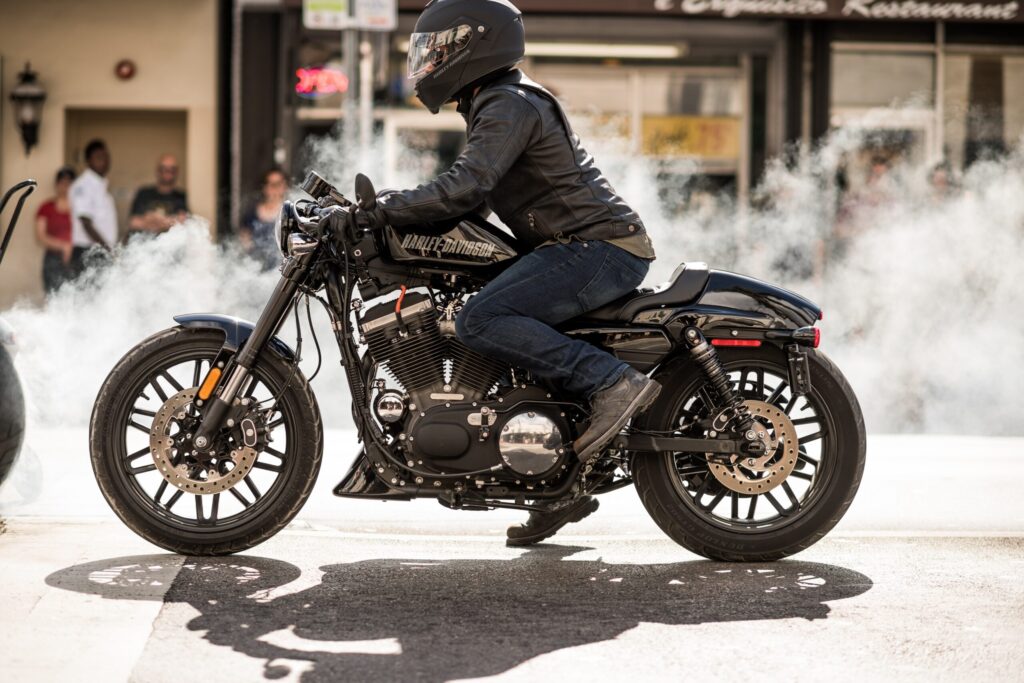
One of the main symptoms of clogged pilot jet in the carburetor is uneven idling.
When you idle the engine while starting or while stuck in traffic, if the engine is idling rough – then the first thing to check is the carburetor.
And 9 out of 10 carburetor issues in these types of cases will be a clogged pilot jet.
So rough or uneven engine idling is one of the giveaways when the pilot jet or the pilot jet air path is clogged up.
#2. Engine speed does not increase

Second symptom. The motorcycle engine does not pick up speed. Even if you accelerate and try to increase the speed.
This is a good indication to look up the carburetor. But spark plug problems or a loose throttle cable can also cause speed pick-up issues.
It’s better to inspect the throttle cable and the spark plug first and then check the carburetor for pilot jet clogging.
Even the rough idle start above – a bad spark plug can cause that.
But again, these symptoms easily boil down to one or two causes. Which in this case are – spark plugs and pilot jets.
If it is not the spark plug, checking the carburetor for a damaged or clogged pilot jet is the way.
#3. Engine doesn’t start without the choke ON
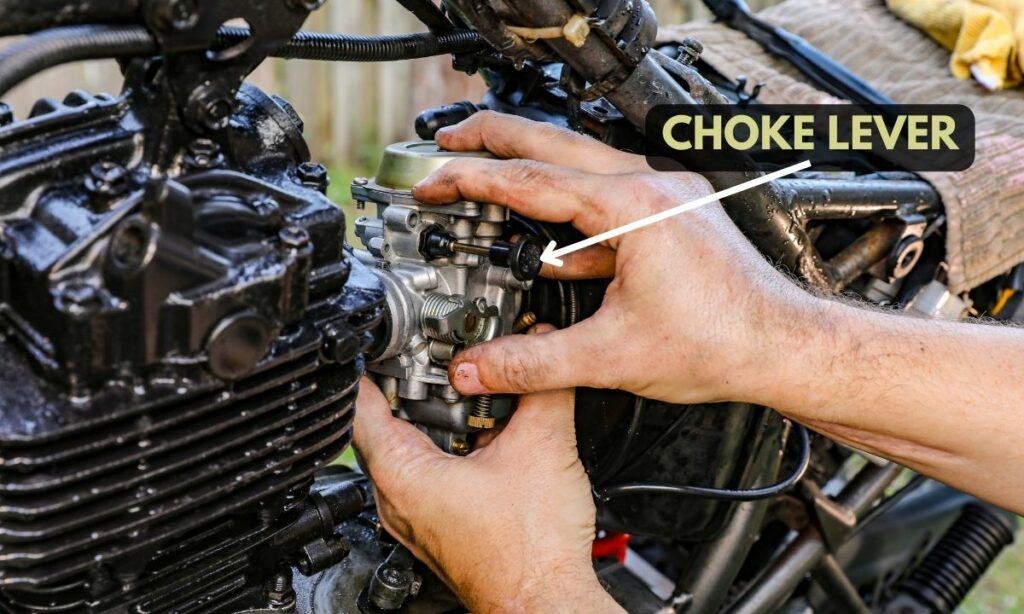
Another symptom. The motorcycle engine doesn’t start without the choke ON.
Sure, it is winter. And you have to turn the choke ON for a cold start. That’s fine.
But if the weather is normal and the winter hasn’t come yet (it’s coming though ;)) then it’s safe to say the pilot jet is the culprit.
If you have to keep the choke ON to start the motorcycle all the time, then for sure it’s time to clean the carburetor.
#4. Poor performance at high speed
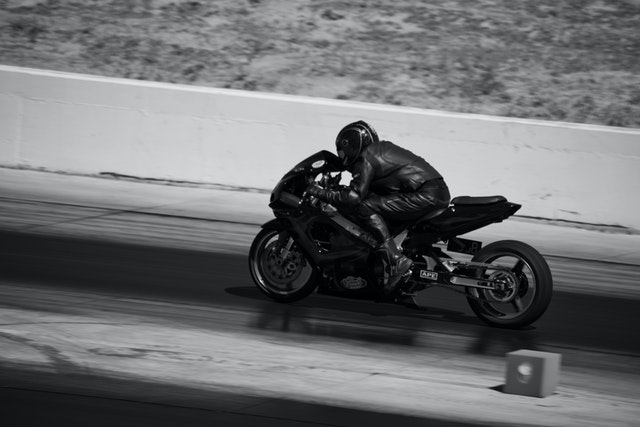
Anytime there is a problem with the carburetor, not just pilot jets but also the main jet, float chamber, or the fuel pipe – expect poor performance when your motorcycle hits high speed.
You will experience low power, poor acceleration, and just not a good overall performance when the motorcycle is running at high speed.
#5. Engine bogs down as you throttle up
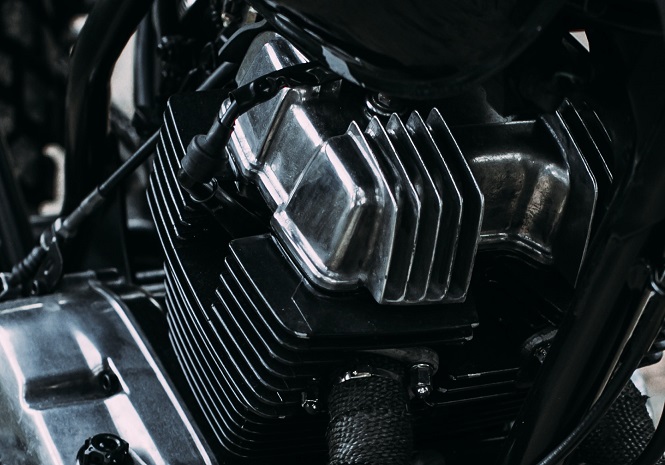
When a motorcycle seems to be losing power or running out of steam, especially on uphill or long stretches, then these are some of the tell-tale signs that the engine is bogging down.
And clogged pilot jet is one of the main, if not the main, reason for the motorcycle engine bogging down.
How to confirm
Despite all the above-mentioned symptoms, it is still difficult to say for 100% sure that the pilot jet is the culprit.
The only way to know for sure and confirm is to check the pilot jet itself.
Start with removing the mixture and main screws off the carburetor.
This is easier said than difficult. If the motorcycle has a single carburetor, the task is easy. But if the motorcycle has multiple carburetors, things are going to be difficult.
Then, pop off the floating chamber and check the pilot jet.
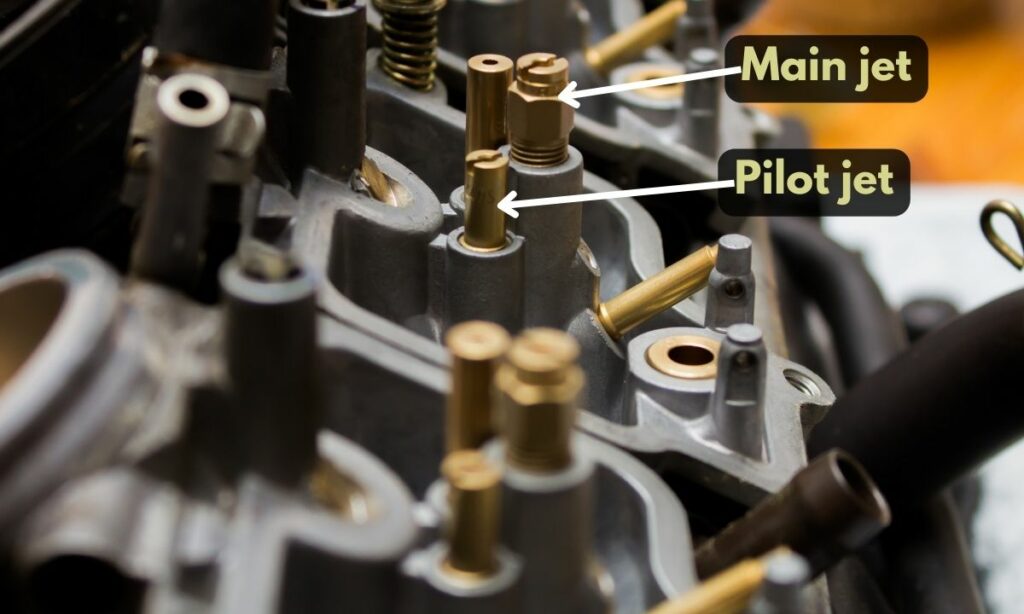
If the pilot jet is dirty, there you have it. Look through the jet. And check the path. If the jet path is not clear and is obstructed, it is filled with dirt.
The pilot jet needs some cleaning.
As for how to clean the pilot jet and the steps, let’s dive right in.
Solution: Cleaning the clogged pilot jet
Cleaning the clogged pilot jet should also accompany cleaning the carburetor.
When you have started cleaning that dirty plate in your kitchen sink, you might as well do all the dishes.
For now though, we will detail out the steps to clean the pilot jet.
First, take the carburetor out. You need to free it up from the screws on both the air intake and the engine sides. Plus if there are sensors attached, remove the connection as well. Remove the fuel pipe and the drain hose last.
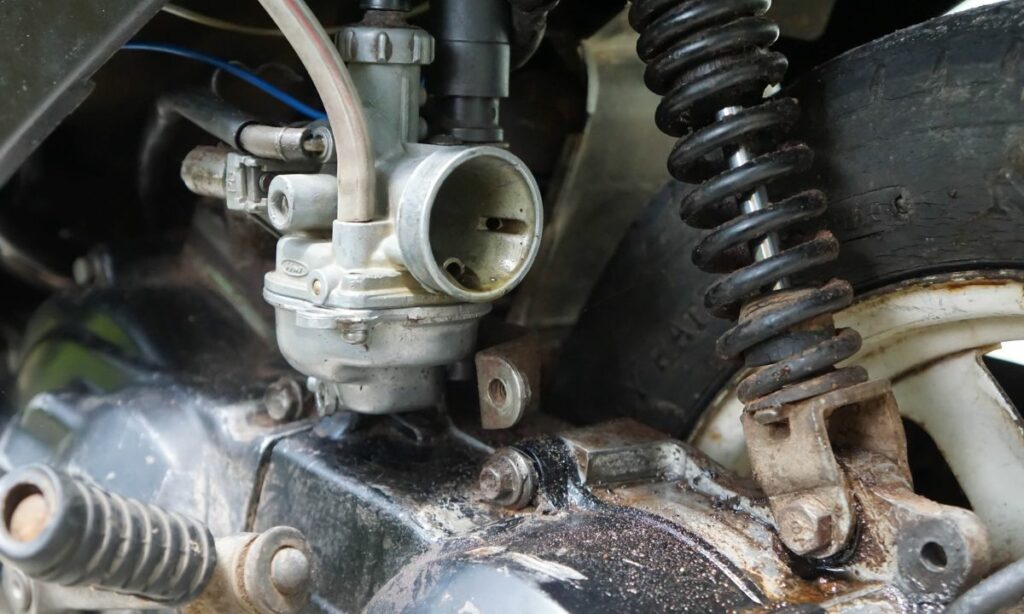
Second, open the float chamber. Place the carburetor upside down on a workbench. Remove the screws to open up the float chamber.
Third, locate the pilot jet. This is easy. There are two screws visible to you on the float chamber placed side by side. The larger one is the main jet. And the smaller is the pilot jet.
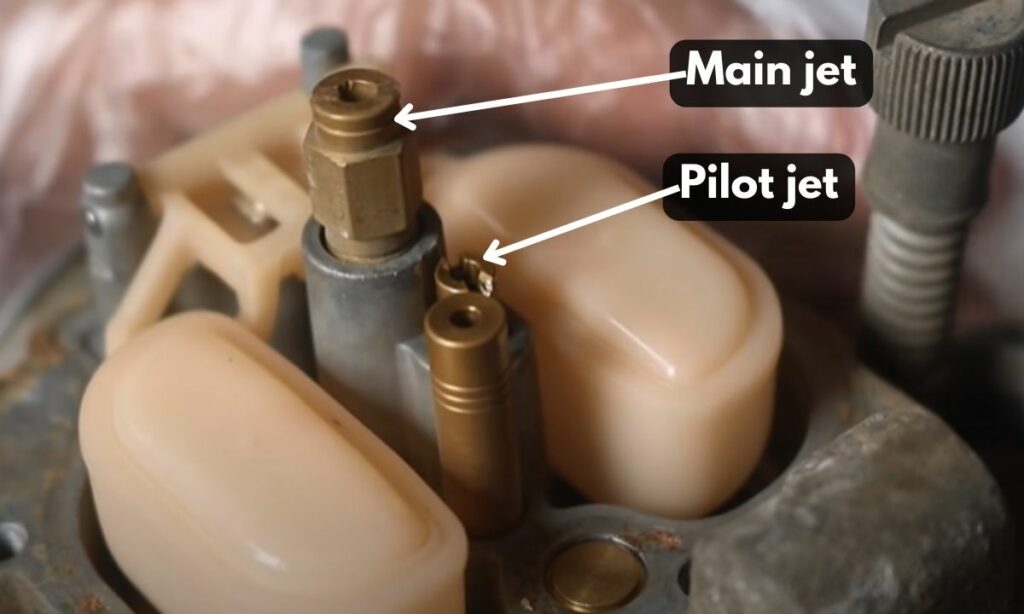
Forth, clean the pilot jet. The best way to clean is by blowing the air unto the jet path. Spray the cleaning solution and use an air hose to blow air. That should be more than enough.
Note: Never ever use a wire to clean the pilot jet. Always blow air into the jet for cleaning.
To confirm, look through the jet. And check the path. The jet path should be unobstructed. If not, blow the air again until it is.
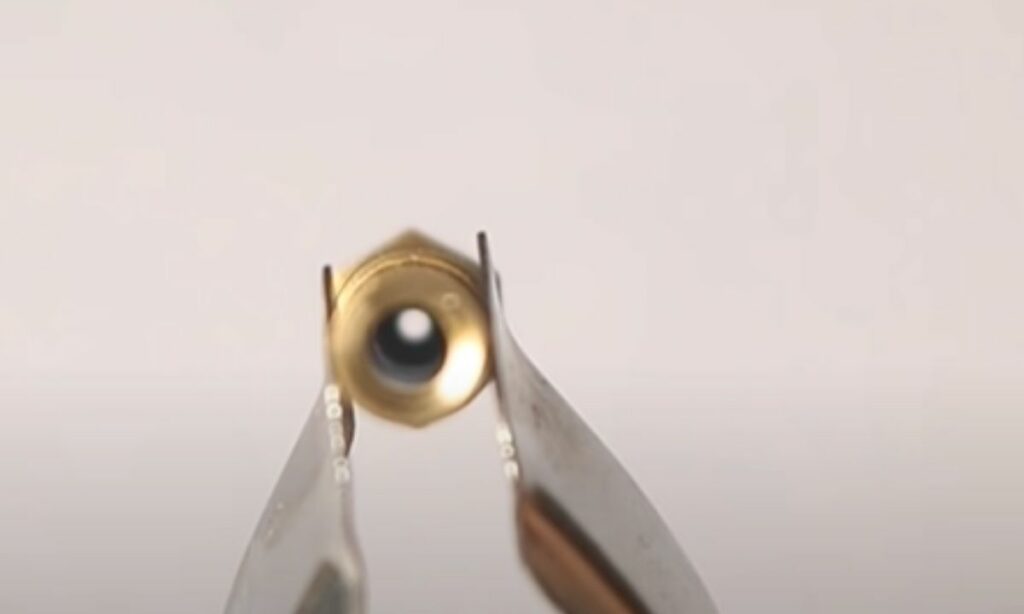
Lastly, reassemble the carburetor. Put the pilot jet back. Close the floating chamber. Tighten the bolts. Place the carb back on the motorcycle. Connect it back to the air-intake path, the engine, the sensors, the fuel pipe, and the drain pipe.
Do’s and Dont’s
Here are some tips for you while you are cleaning the carburetor.
- Note the make and model of your carburetor and the motorcycle before disassembling.
- Keep the appropriate carburetor kit ready with you for a smooth cleaning and reassembling.
- Nuts and Bolts – organize them properly. The rust on the parts makes them impossible to interchange.
- Clean them with a carburetor solution. Gasoline works too. But preferably choose a carburetor solution.
- Air hoses can be handy.
- Don’t use a wire to clean the pilot jet.
- Always blow air into the jet for cleaning.
- Adjust the pilot jets first while reassembling.
